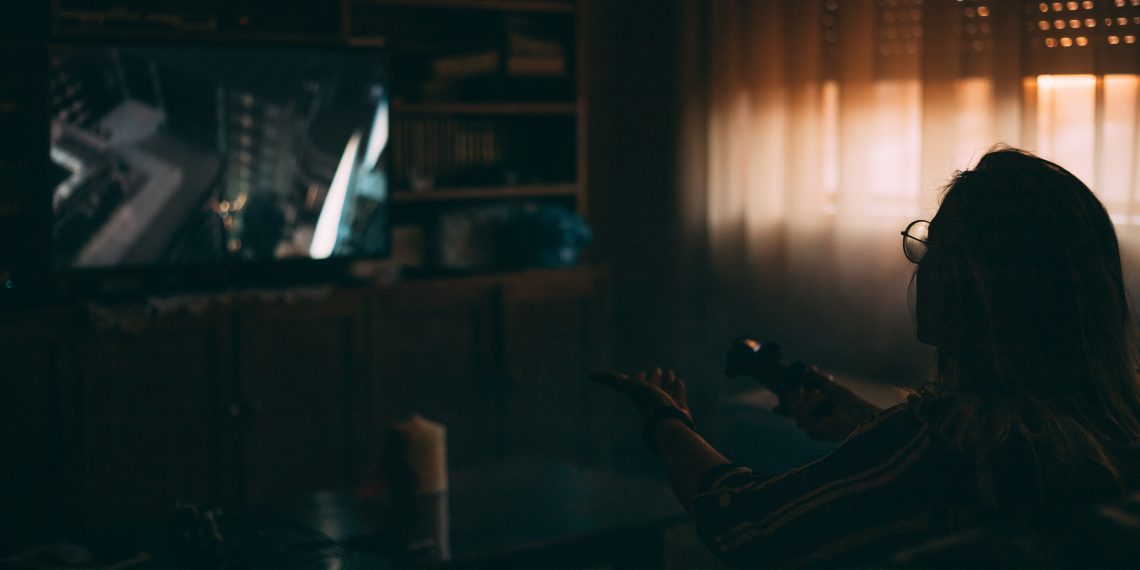By Rita da Costa, Communication Designer at Communication Service
When I joined INESC TEC, I felt I was on an alien planet, for several reasons: seeing all the technologies that were being developed, entering in such a dense environment of research and cutting-edge science, and of course, because my core training is in plastic arts – painting and intermedia.
My comfort zone was related to concepts, brushes, pencils and watercolours. I’ve always been interested in technology, but mostly on how the way arts and entertainment perceive technology. I grew up playing video games, reading comics, drawing characters I admired, and wondering when the marvels of science fiction would cross the fiction boundaries into my reality.
In 1966, Star Trek starts to be shown on televisions. A TV series about space journeys between humans and aliens serving Starfleet, who defend and protect the United Federation of Planets.
Among the technologies used in Star Trek is the Communicator, a type of mobile phone that allows them to be in contact and has a location tracker. In 1973, Motorola introduced its first mobile phone. And in 1989, they designed their first flip phone. Nowadays, you can buy a replica of this Star Trek’s communicator that pairs with the smartphone via bluetooth.
In addition to the communicator, Star Trek envisions a 3D printing device for food and everyday objects called “The Replicator”.
Nowadays, 3D printing is already used to create plastic, metal and glass objects. Mattershift says it has developed carbon nanotube membranes that could separate and join molecules, opening the doors and possibilities for printing food, fuel or medicine.
Marvel comics conceived a superhero, Iron Man, whose superpowers come from a highly technological suit. Although there is still no suit that allows us to fly around, the US Military Force is working on a technology that will replicate some of the capabilities of the beloved Marvel superhero. The Tactical Assault Light Operator Suit (TALOS) programme aims at increasing and improving the human combat capabilities. It loads information from drones, naval sensors and air reconnaissance in order to inform soldiers. The expectation is to have a lightweight suit, which includes life support systems that will track the soldier’s health condition.
In 1962, the Jetsons cartoons showed that the characters could watch colour television programmes on their watches and make phone calls to their family. Although smartwatches haven’t yet the possibility of streaming video, calls are already possible, as well as viewing photos and some other features. The Jetsons not only predicted smartwatches, they also predicted drones and holograms.
The hologram was also imagined by George Lucas in Star Wars. In the famous 1977 film, we see Luke Skywalker receiving a message from Leia through the lovely R2D2, which is shown in a holographic way. Nowadays, the idea of a hologram is already easily replicated with luminous fan systems. Although these fans created an optical illusion that simulates a holographic projection, there are already several science efforts to create holograms with which humans can interact.
In 1968, in the movie 2001: A Space Odyssey, we can see the idea of video call, as in Back to the Future II, or even in 1927 in Fritz Lang’s Metropolis. Despite being portrayed in different ways, the three narratives considered this possibility before this technology was even created. For example, in Back to the Future II, we can see the identification of the person who is calling, such as hobbies, favourite drinks, etc. Similar to what happens today with the connection that we can make with our devices between contacts and social media.
Finally, in 1931, Aldous Huxley, in his dystopian novel Brave New World, presented us a pill called Soma, a hallucinogenic antidepressant pill that eliminated the feelings of sadness. Two decades after this book came out, science began to research antidepressants, and the first link between depression and chemicals in the brain was established in 1951.
Forgive me for this geek spam with all this enumeration of cases where technology allies with art, but personally, I consider leisure time to be extremely important.
We often see leisure time as a time of complete and mandatory rest, and often we feel guilty for not producing products, ideas or knowledge. When in fact, when we are dedicated to an idea, a project or a task, this line of thought will go through all our experiences, even the leisure moments, and sometimes it is our leisure that allows us to find the perfect solution for the puzzles that we try to decode in our everyday life.
This little essay was written to remind you to procrastinate, because you can only make some progress if you rest.
Photo credits: Bruno Mesquita




 News, current topics, curiosities and so much more about INESC TEC and its community!
News, current topics, curiosities and so much more about INESC TEC and its community!